Pacific voices at Venice
New Zealand’s exhibition at the 2014 Venice Architecture Biennale, says curator David Mitchell, proposes a Pacific point of difference to the trend to architectural homogeneity identified by director Rem Koolhaas under the theme ‘Absorbing Modernity: 1914-2014’.

Mitchell asserts that despite the effects of globalisation, New Zealand’s architecture is more singular now than it was a century ago and that what sets it apart is its connection to the Pacific way of building.
“The Pacific has a great architectural tradition, although hardly anyone honours it,” says Mitchell. “That might be because it is not like European architecture, which is solid and massive and looks permanent. Pacific buildings are timber structures of posts and beams and infill panels and big roofs. It’s a lightweight architecture that’s comparatively transient.”
This architectural tradition, he says, was carried by migratory voyagers through the islands of the Pacific Ocean, arriving in New Zealand with the Māori 800 years ago. It survived European colonisation and has adapted to modernity, rather than being subsumed by it.
“As the relations between Māori and Europeans in New Zealand have become more interwoven over the past half century, so have the two architectural traditions. Perhaps that’s not surprising – the Modernist and Pacific ways of building have some things in common, such as a preference for openness and a commitment to sufficiency.
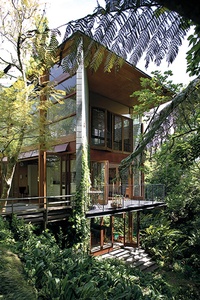
“In a time when influence is instant and everything seems familiar I think we have become aware that if anything makes our architecture different, it is the evolution of the lightweight Pacific tradition. This is what we want to show in our exhibition.”
“We also want to communicate our optimism about this architectural direction. Given the world’s concerns about climate change and the sustainable use of resources, and New Zealand’s own worries about its seismic circumstances, the Pacific architectural qualities of resilience, flexibility and repairability have a lot to offer,” says Mitchell.
Last, Loneliest, Loveliest presents a century-long architectural journey that begins with the Auckland War Memorial Museum – a 1920s neo-Classical monument to New Zealand’s fallen soldiers – and ends with the pavilion-like extension to the Auckland Art Gallery (2012) and Shigeru Ban’s ‘Cardboard’ Cathedral (2013) in post-earthquake Christchurch.
The exhibition, which has been instigated by the New Zealand Institute of Architects, is staged in the Palazzo Pisani S. Marina, Calle de le Erbe (off Campo Santa Marina), Cannaregio, 6104.

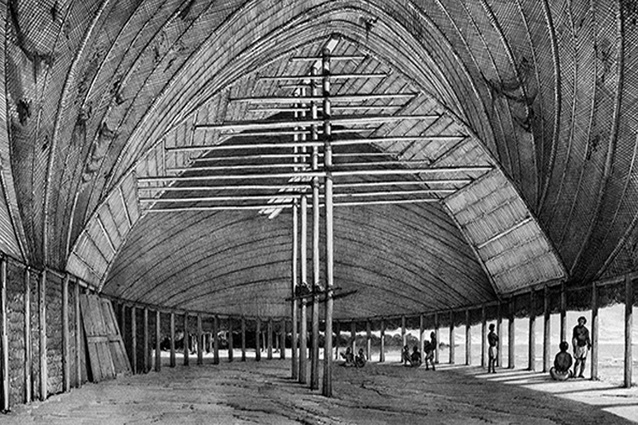
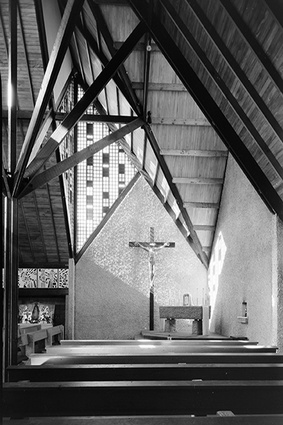
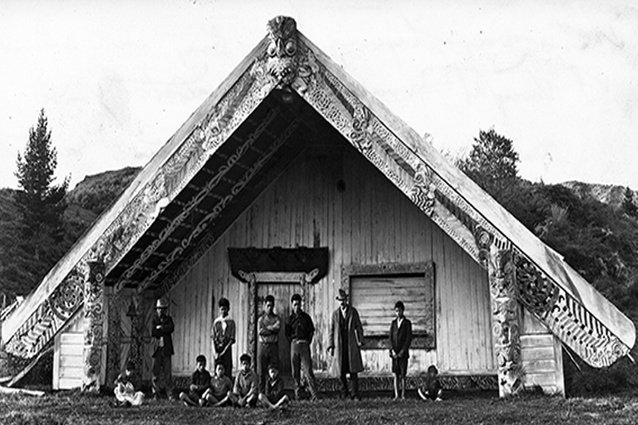
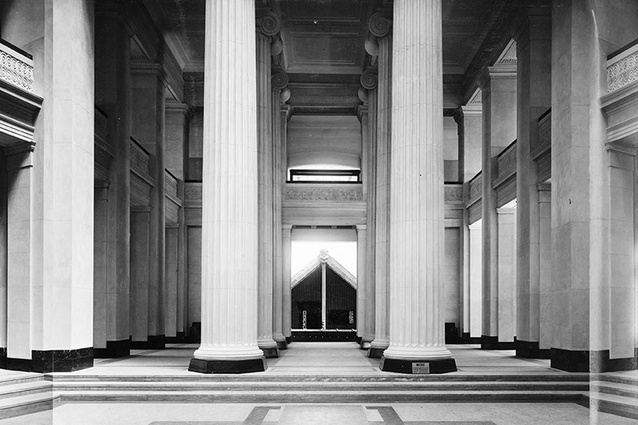
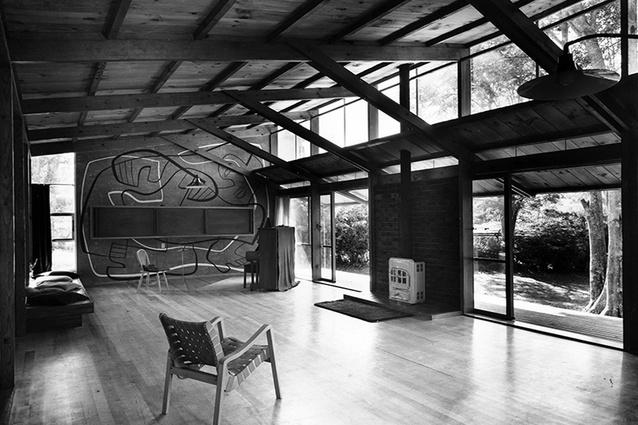
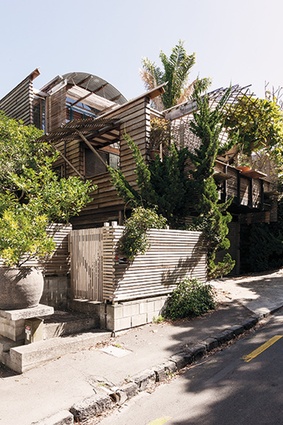
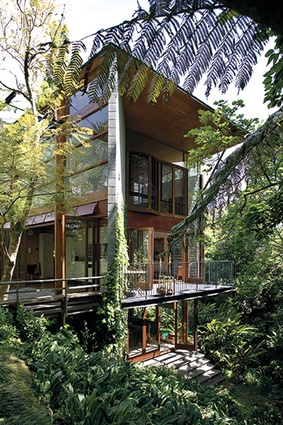
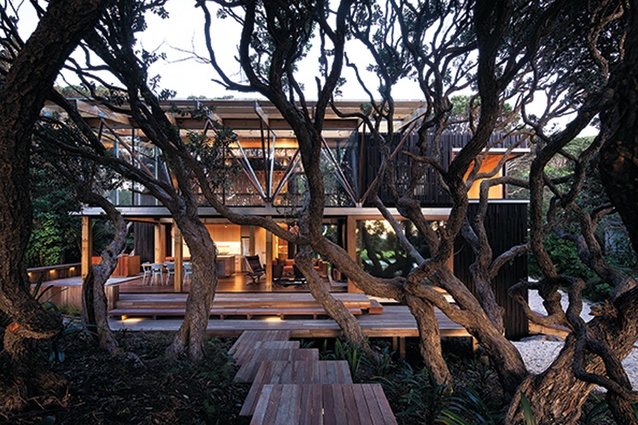
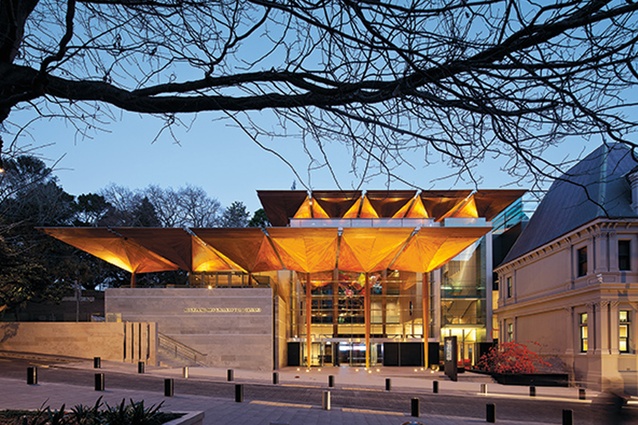
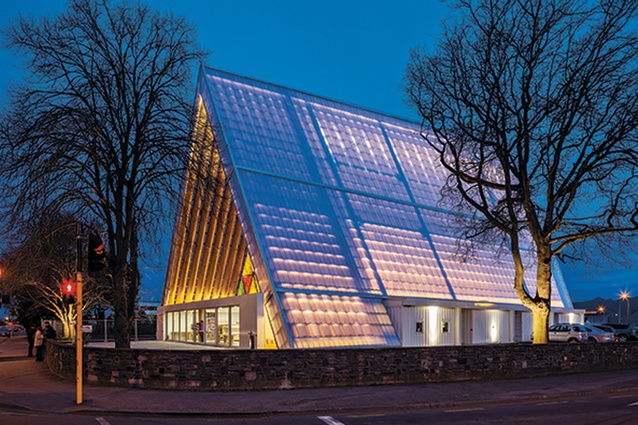

![Early exchange in the Pacific: A Maori bartering a crayfish with an English naval officer [ascribed to Tupaia], 1769, from Drawings illustrative of Captain Cook’s First Voyage, 1768–1771.](https://cdn.architecturenow.co.nz/site_media/media/cache/9c/d1/9cd1cf480ede912323385b3890811590.jpg)








